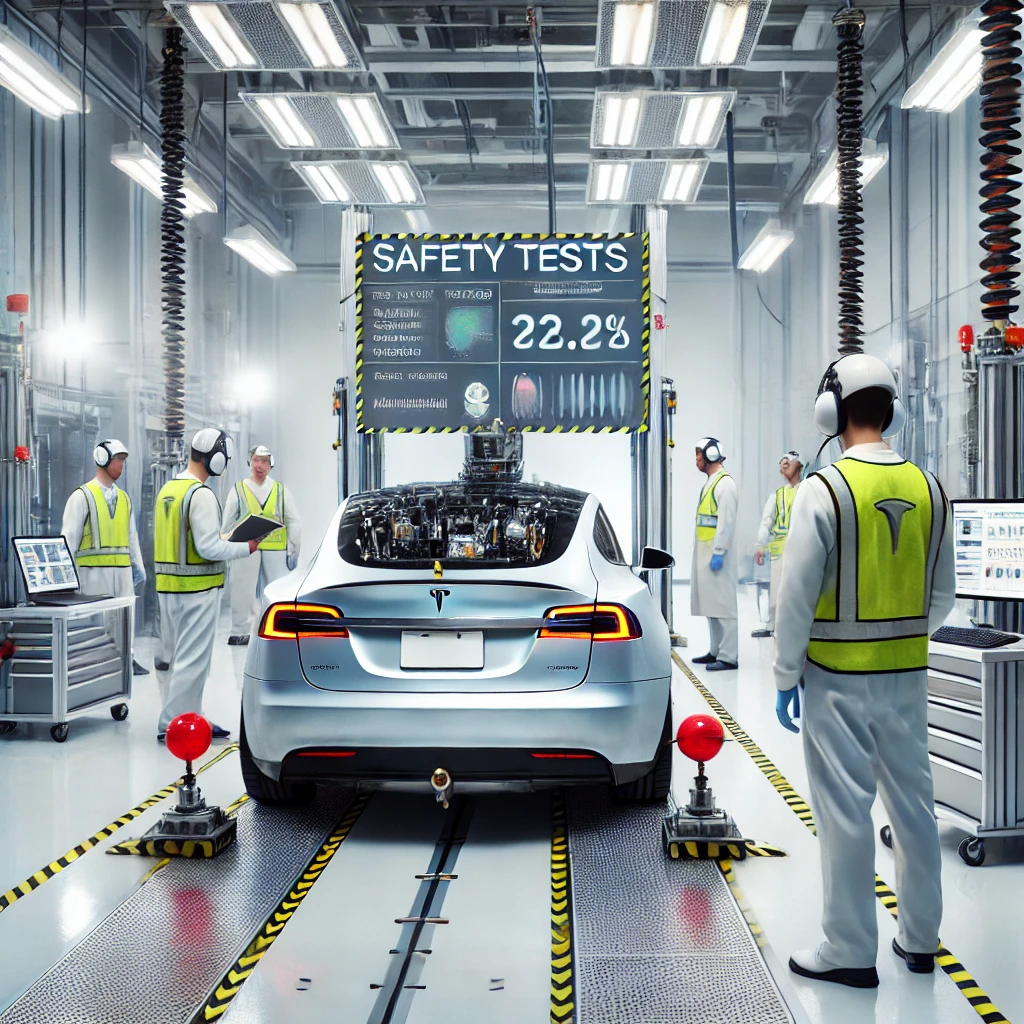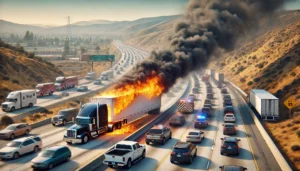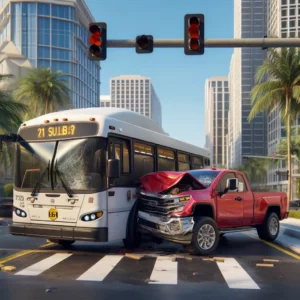NHTSA Launches Probe into 2.4 Million Vehicles Following Weather-Related Accidents
The National Highway Traffic Safety Administration (NHTSA) has initiated a sweeping investigation into Tesla’s Full Self-Driving (FSD) system following a series of accidents in low-visibility conditions, including a fatal pedestrian collision. The federal probe encompasses approximately 2.4 million Tesla vehicles, representing one of the most extensive safety investigations into the automaker’s autonomous driving technology. According to NHTSA documentation, four incidents occurred in areas with compromised visibility due to environmental factors such as fog, sun glare, and airborne dust. The severity of these incidents, particularly the fatality and an additional injury has prompted regulators to examine whether Tesla’s FSD system can adequately detect and respond to challenging visibility conditions. This development significantly escalates regulatory scrutiny of Tesla’s autonomous driving capabilities.
5 Key Points
- Four accidents occurred in reduced visibility conditions with FSD engaged.
- The investigation covers Tesla models from 2016-2024, including Cybertruck.
- The camera-only approach faces scrutiny from safety experts.
- Previous safety patches in 2023 addressed intersection behavior and driver attention.
- 2.4 million vehicles were affected across multiple Tesla models.
Camera Limitations Expose Flaws in Tesla’s Vision-Only Strategy
Tesla’s steadfast commitment to a camera-only approach for autonomous driving has drawn increasing criticism from automotive safety experts in light of recent accidents. The company’s current RGB camera system demonstrates notable vulnerabilities when confronted with various environmental challenges that human drivers regularly encounter. During dawn and dusk transitions, these cameras struggle with rapid light changes that can temporarily impair their ability to detect obstacles and assess road conditions accurately. The situation becomes even more problematic in adverse weather conditions, where fog and rain can severely limit the cameras’ effectiveness at maintaining consistent object recognition and distance measurement. Moreover, the fundamental limitation of passive light reception and the absence of a stereo camera setup creates significant challenges in accurate distance measurement – a critical factor in preventing collisions.
Musk’s Sensor Removal Strategy Faces Real-World Test
The decision by Tesla CEO Elon Musk to eliminate ultrasonic sensors, radar, and lidar technology in favor of a purely camera-based system has created a significant divide within the autonomous vehicle industry. While Musk maintains that computer vision alone can achieve superior performance, competing manufacturers continue to employ diverse sensor arrays in their autonomous systems, arguing that redundancy is essential for safety. Industry experts point out that this minimalist approach may fundamentally compromise the system’s ability to operate safely in challenging weather conditions, where multiple sensor types could provide complementary data to enhance decision-making accuracy. The current investigation may be a crucial test of Musk’s vision-only philosophy, potentially influencing the future direction of autonomous vehicle development across the industry.
Safety Updates Reveal Pattern of FSD Vulnerabilities
The latest investigation follows a concerning pattern of safety-related modifications to Tesla’s FSD system. Throughout 2023, Tesla implemented two major safety updates in response to identified risks. A January update addressed critical concerns about the system’s behavior at intersections, where vehicles demonstrated unpredictable and potentially dangerous decision-making patterns. Later that year, in December, Tesla was compelled to enhance its driver attention monitoring controls after NHTSA determined the existing measures were insufficient to prevent system misuse. These iterative fixes highlight ongoing challenges in achieving reliable autonomous operation, particularly in complex driving scenarios that require sophisticated environmental awareness and decision-making capabilities.
FAQ
Q: Do you qualify for a car accident lawsuit?
A: To see if you qualify, click here.
Q: Which Tesla models are included in this investigation?
A: The investigation covers Model S and X (2016-2024), Model 3 (2017-2024), Model Y (2020-2024), and Cybertruck (2023-2024).
Q: What specific weather conditions led to these accidents?
A: The accidents occurred in conditions with sun glare, fog, and airborne dust that reduced road visibility.
Q: How does Tesla’s approach differ from that of other autonomous vehicle manufacturers?
A: Tesla’s FSD system relies solely on cameras, while competitors use a combination of cameras, radar, lidar, and ultrasonic sensors.
Q: What prompted the NHTSA to launch this investigation?
A: Four accidents involving Tesla’s FSD system, including one fatality and one injury, occurred in reduced visibility conditions.
Q: What were the previous safety issues Tesla addressed in 2023?
A: Tesla issued patches in January 2023 for unsafe intersection behavior and in December 2023 for insufficient driver attention controls.
Citations
Vigliarolo, B. (2024, October 18). Tesla FSD faces yet another probe after fatal low-visibility crash. The Register. https://www.theregister.com/2024/10/18/tesla_fsd_lowvisibility_accident/







